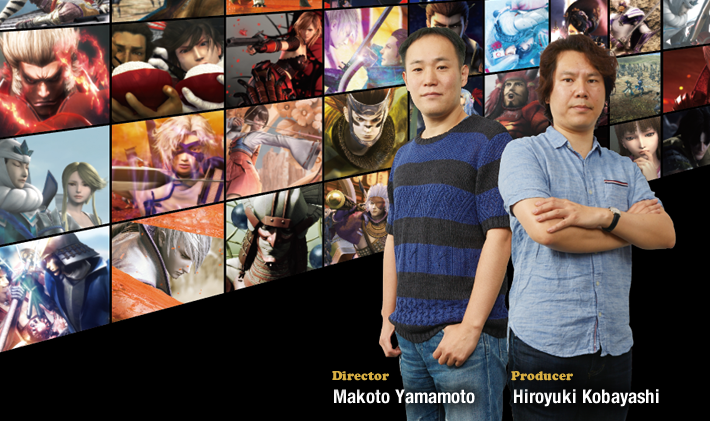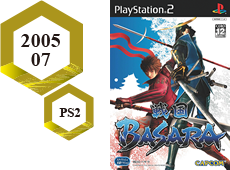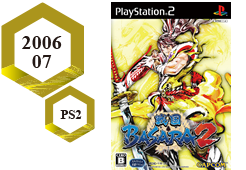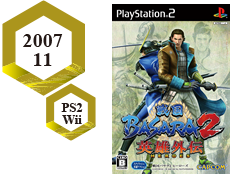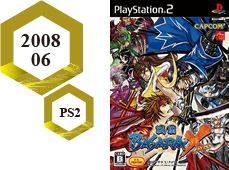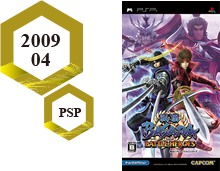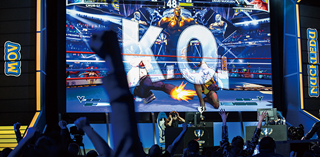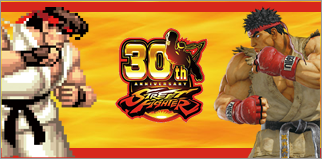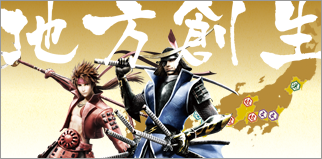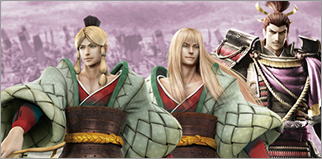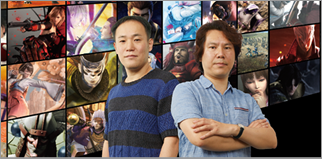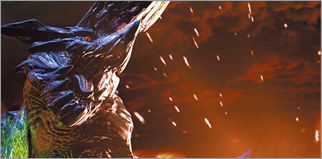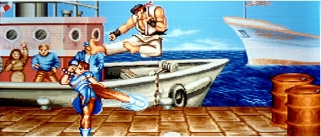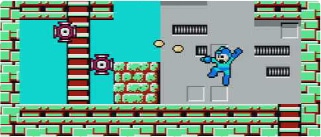“Hmm… A new kind of action game featuring a main character based on a real-life feudal warlord…” muttered one corporate director.
The deafening silence of the meeting room was difficult to describe. The directors, general managers and head of R&D looked over the proposal Hiroyuki Kobayashi had handed out with silent, stern looks on their faces.
This scene made it feel as if everyone sitting there was an enemy character. As Kobayashi proceeded with the presentation, he felt his heart becoming heavier.
November 2003
An enterprising, young producer, Kobayashi was in a marketing meeting focused on his proposal for a new game. Before him stood a barrier more impenetrable than he had ever imagined.
“You understand the situation we’re facing right now, don’t you?” asked a director.
At this time, Capcom’s business was in dire straits, having plunged into the red for two consecutive fiscal periods and posted a 45 billion yen extraordinary loss. The tremendous amount of time and budget required to develop a new game posed a significant risk to the company. Kobayashi had expected there would be a certain amount of pushback from management.
“I do understand that, which is why I am proposing this as a project to increase earnings!” asserted Kobayashi as he stared intently at the director.
“We cannot afford any more losses. Rather than new titles, we are focusing on sequels to hit titles that are expected to provide stable earnings. That’s the theory, right?” said another director.
“This is a game for the casual user segment unlike anything we have done before. If we only play it safe, we will keep sliding downhill.” countered Kobayashi.
The person in charge of sales spoke up. “Don’t we already have a feudal warlord game?”
This was true. Two years earlier, Capcom had released “Onimusha”, a survival-action game based on a Warring States Period motif.
“‘Onimusha’ is totally different. Please read the proposal more carefully!”
“Won’t this result in cannibalization?”
“Our target users are different. Cannibalization is not an issue!”
“I wonder if it is right to put out such a frivolous game under the Capcom name.”
The critical opinions continued to rain down, threatening to drown the spirit of the normally resilient Kobayashi. He knew this was no time to lose his composure. He absolutely had to gain their approval. Kobayashi lifted his head and stared unflinchingly into the eyes of the directors.
At that moment, the silence was broken by a lively voice that reverberated throughout the room.
“Why don’t we give it a try?”
It was Capcom president (now chairman) Kenzo Tsujimoto. Everyone in the room focused their attention on him.
“As Kobayashi has said, we need to challenge ourselves even in difficult times. Am I wrong?”
Tsujimoto, who founded Capcom and played a leading role in the Japanese game industry, had identified numerous talented young creators up to now who had gone on to generate hit titles. Everyone in the company had the utmost respect for his ability to spot genius. And of course, the company wanted a hit game. If the head of the company approved, it was probably a good idea to give the new title a chance. Kobayashi’s frantic and fervent speech combined with Tsujimoto’s approval gradually changed the atmosphere. An hour later, Kobayashi received approval to develop the new game, which he called “Sengoku BASARA”.
However, the real challenge lay ahead.

